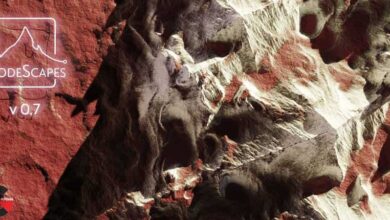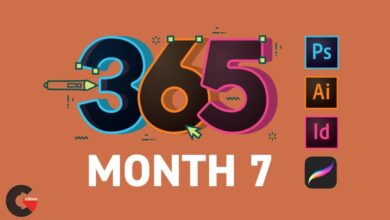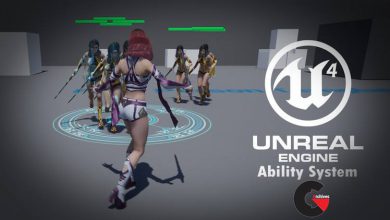CGMA – Level Design for Games
 Level Design for Games
Level Design for Games
Level Design for Games : In this course you will learn to approach 3D game level environments from a design perspective. The lectures will explore theory of games, shape composition, architecture, and player psychology. You will design and iterate on level setups from the initial planning phases to playable prototypes in Unity. The course will focus on crafting immersion and modeling shapes that intrigue, surprise, and inspire players. We’ll explore how to design for game mechanics and narrative, creating level progressions that support character development and player experience.
COURSE FORMAT: Standard
LECTURE TYPE: Pre-recorded
FEEDBACK: Individual recorded
DURATION: 10 weeks
MATERIALS: Maya (or equivalent), Unity
SKILLS LEVEL: Intermediate
PREREQUISITES: Strong working knowledge of Maya is required; knowledge of Unity is recommended but not required
WHAT YOU’LL LEARN
The more you know, the better.
Week 1 | Getting Started
What is a “level”? What do level designers do? We’ll look at the history of environments in games and their purpose in the overall structure of a game’s design. And we’ll briefly take a look at the structure of the course. Finally, we’ll setup Unity and familiarize ourselves with the pipeline of creating environment mesh and bringing it into the game.
Week 2 | Shapes, Space, and Beyond
We’re going back to basics of architecture this week and exploring components of geometric shape. We’ll talk positive and negative space, rules of perception, and how shape influences player behavior and experience.
Week 3 | Elements of Layout
Let’s get organized! We’ll learn about the structure of cities and buildings, how players mentally map and utilize space, and how you can create environments that communicate their purpose to the player.
Week 4 | Hit the Books
It’s time to start planning an environment. We’ll talk about how designers study and research, gather reference, and create prototypes leading up to the creation of their levels. Learn to look at reference and pick out what evokes a sense of place and atmosphere. Creating immersion means getting your head in the world of the game.
Week 5 | Shape in Sequence
A level is a story. We’ll learn about formal narrative structure and performative techniques. We’ll create beat diagrams, pacing, and examine how levels flow from space to space in support of narrative and character development.
Week 6 | Exploration Design
How do you create spaces that are interesting to explore? We’ll look at path flow, valving, risk, rewards, creating mystery, player motivation and investment.
Week 7 | Battlefield Design
Many games feature some form of combat. We’ll dive into cover-based shooter mechanics as a case study for how environmental shape interacts directly with player mechanics.
Week 8 | Multiplayer Combat Design
This week we’ll take a look at what considerations go into creating multiplayer deathmatch style arena maps.
Week 9 | Puzzle Design
What is a puzzle? We’ll analyze one of the hardest types of level setups, and how different games approach puzzle and problem-solving spaces.
Week 10 | Play-Testing and Iteration
A design isn’t done until it ships. It’s a humbling experience putting your game in the hands of new players. We’ll look at the cycle of iteration and working with other departments to carry your design to gold. Also some final thoughts.
Direct download links 11.5 GB :
Direct download link reserved for subscribers only This VIP
Dear user to download files, please subscribe to the VIP member
- To activate your special membership site, just go to this link and register and activate your own membership . >>>register and activate<<<
- You can subscribe to this link and take advantage of the many benefits of membership.
- Direct downloads links
- No ads No waiting
- Download without any limitation ، all content in website
CGArchives Is The Best
Review
Review
Review this tutorial
 Level Design for Games
Level Design for Games




